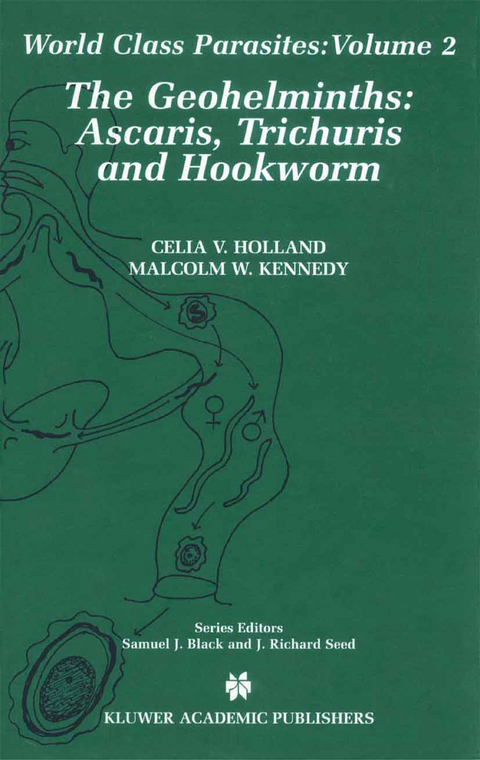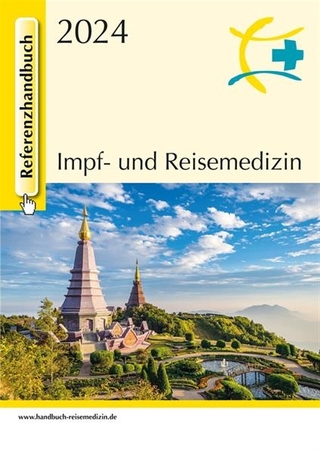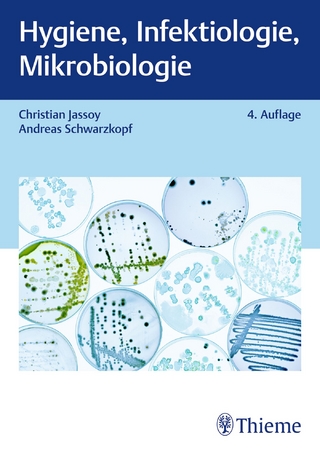
The Geohelminths
Springer-Verlag New York Inc.
978-1-4419-4922-6 (ISBN)
Epidemiological Patterns and Consequences.- Distributions and Predisposition: People and Pigs.- Control Strategies.- The Cost and the Damage Done.- Pathophysiology of Intestinal Nematodes.- Intestinal Nematodes and Cognitive Development.- The Economics of Worm Control.- Immunology — Mice, Pigs and People.- Immune Responses on Humans — Ascaris.- Immunity and Immune Responses to Ascaris Suum in Pigs.- Immune Responses in Humans — Trichuris trichiura.- The Immunobiology of Hookworm Infection.- Genetics — Mice, Worms and People.- Human Host Susceptibility to Intestinal Worm Infections.- Population Genetics of Intestinal Nematodes.- Parasite Strain Diversity and Host Immune Responses.- The Value of Mutation Scanning Approaches for Detecting Genetic Variation — Implications for Studying Intestinal Nematodes of Humans.- Opportunities and Prospects for Investigating Developmentally Regulated and Sex-Specific Genes and Their Expression in Intestinal Nematodes of Humans.- Interaction between Geohelminth Infections and Other Diseases.- Schistosomiasis and Reduced Risk of Atopic Diseases: New Insights and Possible Mechanisms.- Geohelminths, HIV/AIDS and TB.
| Erscheint lt. Verlag | 6.12.2010 |
|---|---|
| Reihe/Serie | World Class Parasites ; 2 |
| Zusatzinfo | XI, 335 p. |
| Verlagsort | New York, NY |
| Sprache | englisch |
| Maße | 155 x 235 mm |
| Themenwelt | Medizin / Pharmazie ► Medizinische Fachgebiete ► Mikrobiologie / Infektologie / Reisemedizin |
| Naturwissenschaften ► Biologie ► Mikrobiologie / Immunologie | |
| Naturwissenschaften ► Biologie ► Zoologie | |
| ISBN-10 | 1-4419-4922-4 / 1441949224 |
| ISBN-13 | 978-1-4419-4922-6 / 9781441949226 |
| Zustand | Neuware |
| Haben Sie eine Frage zum Produkt? |
aus dem Bereich


